Friday Jan 16, 2026
Friday Jan 16, 2026
Thursday, 4 October 2018 00:00 - - {{hitsCtrl.values.hits}}
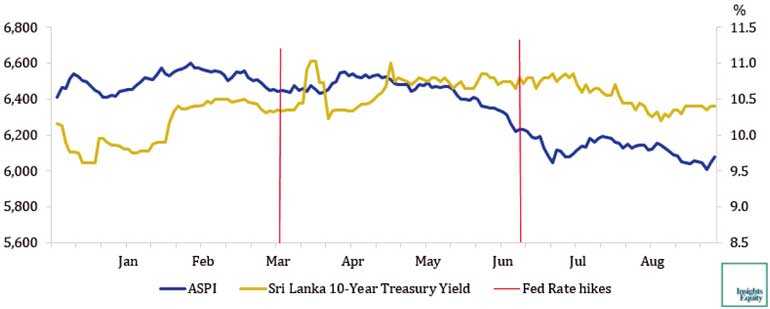 By Dulan Lokuwithana
By Dulan Lokuwithana
When the Governor of the Central Bank of Sri Lanka announced in the final week of August that plans are underway for Employees’ Provident Fund (EPF), Sri Lanka’s largest pension fund, to re-engage in the equity investments in the Colombo Stock Exchange (CSE), Sri Lanka’s All Share Price Index (ASPI), recorded gains for five consecutive days, posting its longest winning streak in 19 weeks.
EPF to resume CSE investments
According to the Governor, EPF has not engaged in stock market investments in recent years, as investigations were launched into its involvement in the controversial bond trades that took place in 2015-2016. With the ASPI touching record lows in September, the importance of EPF’s resumption of equity investments in CSE will no doubt boost investor sentiment.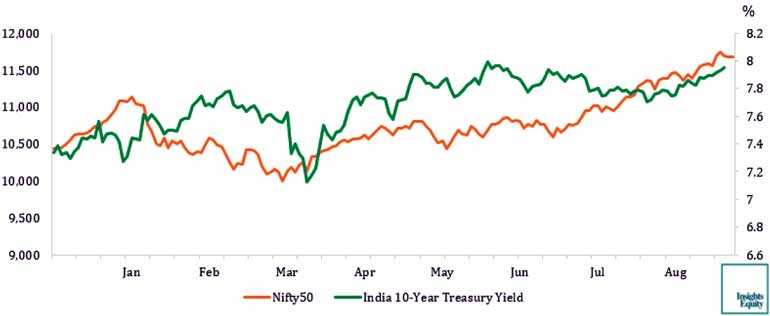
US monetary tightening could intensify foreign outflows
With the US Federal Reserve, hiking short term interest rates last Wednesday, for the third time this year, currencies in emerging markets are likely to depreciate even further as overseas investors, realigning their investment portfolios in emerging markets, start unwinding their equity positions, to reap higher return in the US.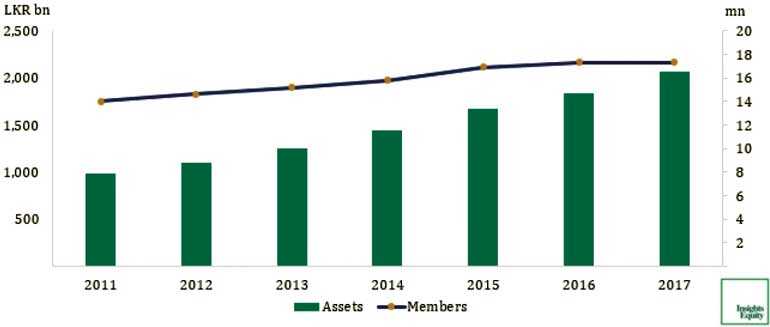
Foreign outflows to drive down stock prices
In Sri Lanka, foreign investors have sold a net Rs. 44.5 billion ($263.8 million) worth of government securities during the year up to August 2018 resulting a decline in bond prices. The bond yields, which move in opposite direction to bond prices, have inched up by 25bps as shown in the graph below.
To compete with rising bond yields, the equity earnings yields tend to rise (the inverse of Price to Earnings Ratio) resulting lower stock prices. Further accelerating the decline is the foreign sell-off in equity which, following the Fed’s first rate hike for the year in March 2018, has expanded to Rs. 11.9 billion ($70.7 million).
Against this backdrop, ASPI has declined by 5.2% with net foreign outflow reaching Rs. 4.5 billion ($27.9 million) for the Jan-Aug period in 2018 while stock markets in neighbouring countries such as India and Vietnam have outperformed CSE.
The leading equity index in India Nifty50, has climbed as much as 11.9% in the first eight months of the year, despite foreign investors (FII and FPI) pulling out funds worth a net $351.0 million from Indian stocks during the period.
Market participants attribute the stock rally to renewed local investor interest where domestic institutional investors (DII), banks, insurance companies, pension funds and mutual funds in India absorbed the selling pressure.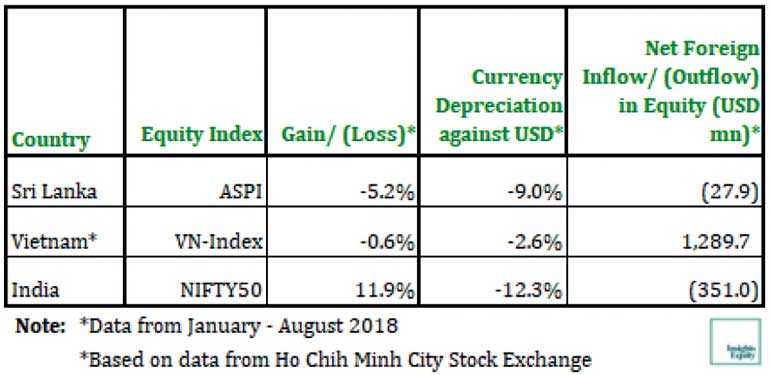
As the data from Bombay Stock Exchange Ltd. shows, DIIs in India have pumped $10.2 billion into local equity, a 65% growth compared to $6.2 billion for the same
period last year.Vietnam benefits from trade tensions
Meanwhile, in Vietnam, the Ho Chih Minh City Stock Exchange (HOSE) has witnessed a foreign inflow of $1.3 billion, despite the VN-Index remaining flat during the period.
Aside from relatively low depreciation of the country’ currency against USD, the investor-friendly policies in the country have created a favourable trade environment to attract multinationals relocating their factory bases to countries outside China in response to US tariffs on Chinese imports.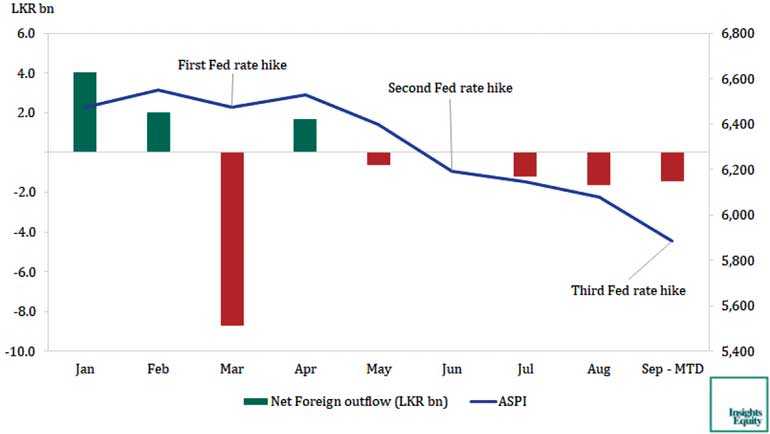
Need for structural reforms
Such policies encouraging foreign investors, though long overdue, could take months if not years to get implemented in view of the unstable political environment in Sri Lanka. However, the implementation of reforms to existing policies in order to encourage equity investments by institutional investors could be done with minimal effort.
CSE’s attractive valuation and EPF’s stagnant growth
Such policy adjustments are even more important in the context of EPF which, despite being the largest pension fund in the country with an asset base of Rs. 2.066.3 billion ($12.2 billion) as of 2017, has witnessed a subdued growth in recent years. The five year compound annual growth rate of its asset base has declined to 13.2% in 2017 compared to 13.6% in 2016 while membership growth remains stagnant at 17.3 million members in 2017.
As CSE has declined 7.9% year-to-date, stocks in ASPI, meanwhile, trade at attractive valuations with market PE ratio dipping to a more than eight-year low at 9.5x, significantly cheaper compared to some of its regional peers.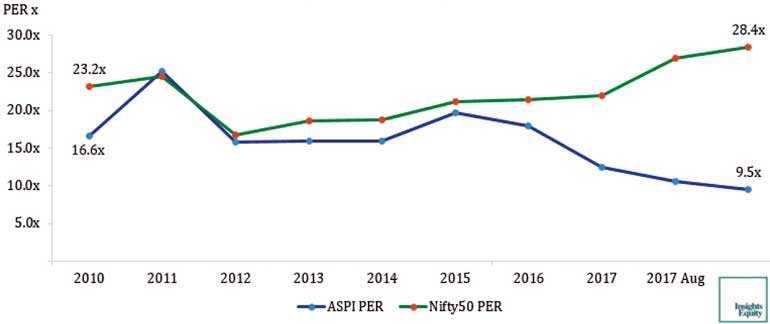
Considering the stagnation of EPF in recent years and the attractive valuations CSE enjoys in recent days, the possible resumption of EPF investments in CSE, if done with proper due diligence, could not only provide above-average returns to members of EPF in the near term, but a boost the CSE badly needs at the moment.
(Sources: Bloomberg Ho Chi Minh City Stock Exchange, Colombo Stock Exchange, National Securities Depository Ltd. of India, National Stock Exchange of India Ltd., the Central Bank of Sri Lanka, Investing.com.)
[The writer’s qualifications include CFA (US) Level I & II, CIMA (UK) Passed Finalist, BSc (USJP).]